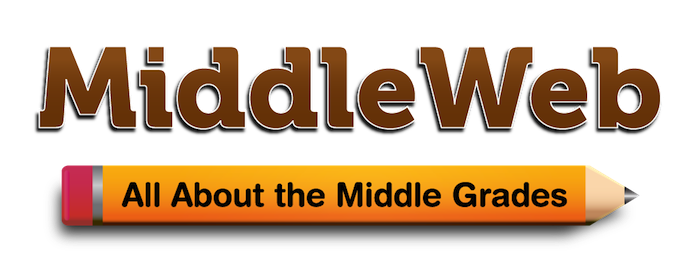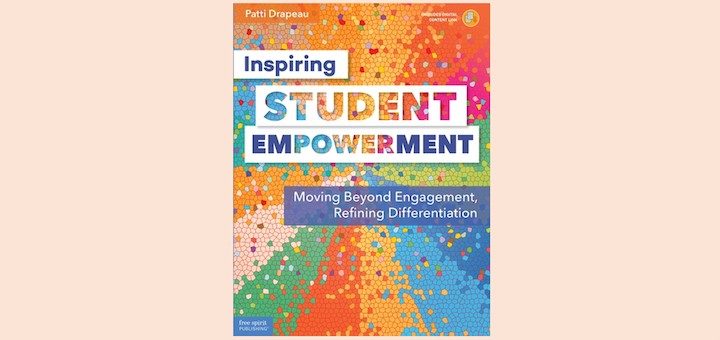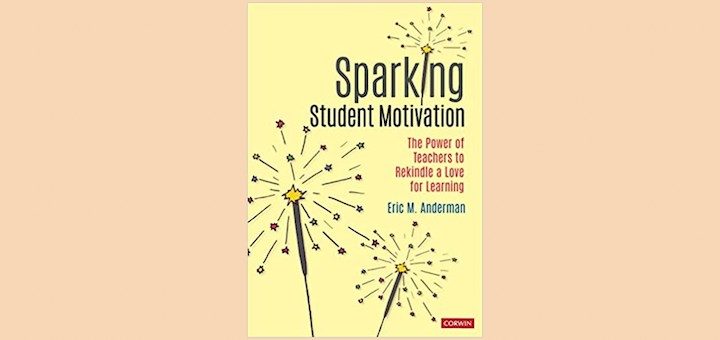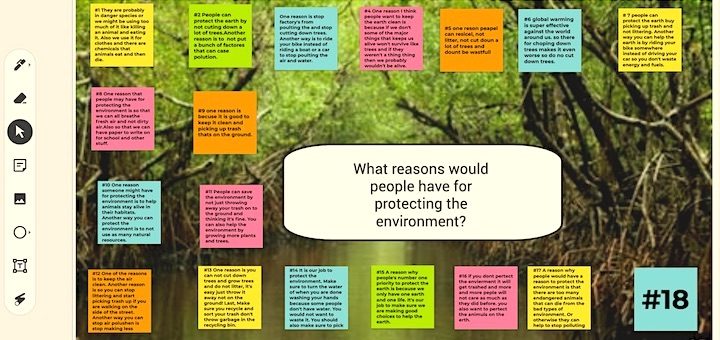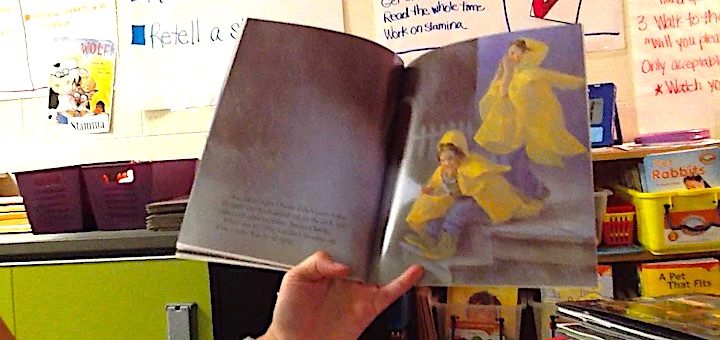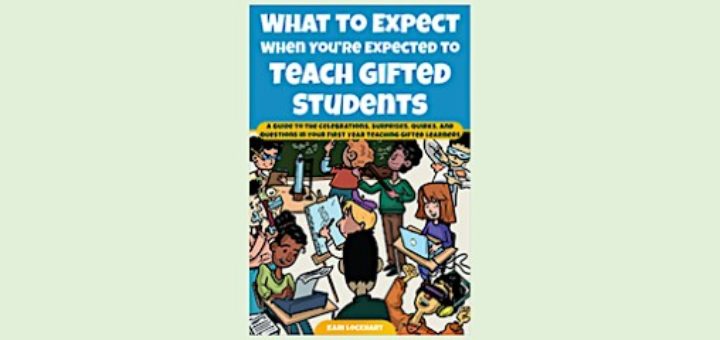Giving Students a Say in Assessing Progress
In Giving Students a Say principal Myron Dueck details key research-based reasons why students should have a say in assessing their progress. Dueck’s helpful tools and strategies can be used to effectively create student-centered assessments, writes reviewer Jennifer Wirtz.
